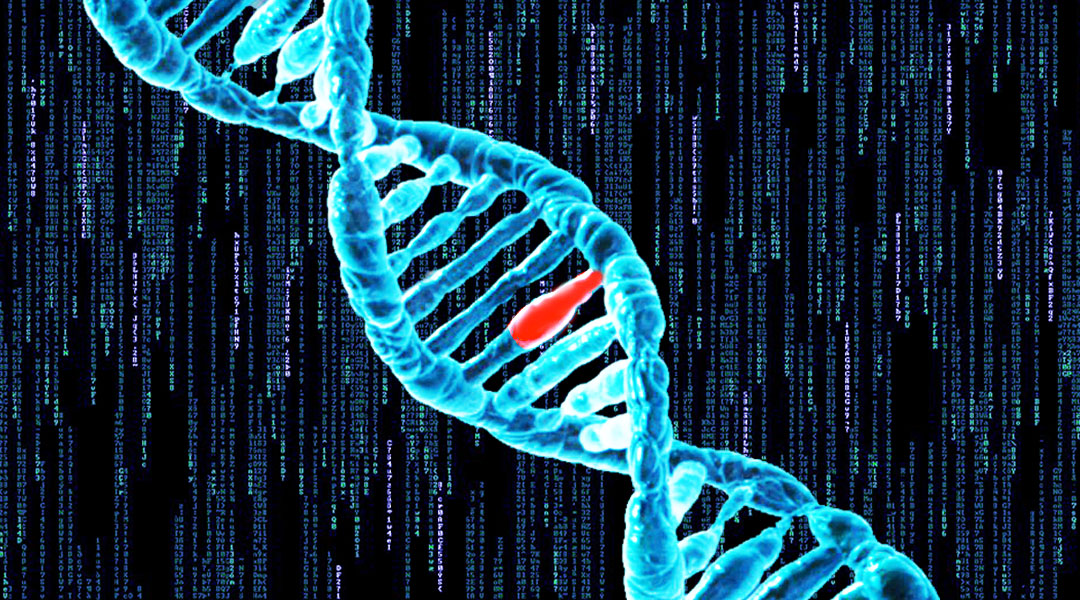In cells, all the genetic information necessary for the continuation of life is stored in DNA.
However, DNA can be damaged by things that naturally appear in our bodies, such as hormones and external agents in our environment, like UV rays in sunlight and cigarette smoke. This damage can lead to mutations in our DNA, which corrupt the information necessary to maintain healthy cell function. As a result, DNA damage can lead to premature aging, genetic disorders, and cancers.
To combat the effects of DNA damage, cells have a variety of ways to repair DNA. These repair processes involve many different enzymes that are responsible for detecting and removing the damage as well as restoring the original information contained in DNA. Understanding how these enzymes work is key to developing new strategies to diagnose and treat many different diseases.
One particularly important family of repair enzymes are the so-called “DNA glycosylases,” which play a vital role in finding and removing damaged parts of DNA before they can result in long-term mutations. In fact, cancers, metabolic dysfunctions, neurodegeneration, and other serious health problems arise when these enzymes do not properly function.
Therefore, determining the exact chemical steps used by this class of DNA repair enzymes is imperative. However, the large size and high complexity of these enzymes make studying the reaction mechanisms challenging.
In a recent review published in WIREs Computational Molecular Science, Dr. Stacey Wetmore and two of her graduate students, Rajwinder Kaur and Dylan Nikkel, discuss how computer calculations have played an integral role in deciphering the molecular-level workings of DNA glycosylase repair enzymes.
Specifically, data from computational enzymology and experimental studies can be brought together to yield innovative proposals for the chemical pathways used by DNA glycosylases. The authors shed light on how four DNA glycosylases can use varying strategies to fix damaged DNA.
In addition to confirming new factors that contribute to the overall catalytic efficiency of DNA repair enzymes, this approach can also expand our understanding of the components of DNA glycosylases that are essential for the reaction.
“Computer modeling allows us to test different hypotheses that have appeared based on experimental studies for entire classes of DNA repair enzymes,” explained Dr. Wetmore.
“By using a range of computational methods and model sizes, we are now in a position to provide accurate, atomic level details about the chemistry facilitated by DNA repair enzymes. As a result, this tool has become an important part of the multipronged approach to uncover how critical cellular machinery maintains our genetic code.”
Understanding the details of the mechanistic steps used by DNA glycosylase enzymes has opened the door for further research into a variety of medical disorders. For example, mechanistic information can aid in determining whether a mutation will result in a genetic disorder, identifying genetic disorders when they do happen, and aid in the development of effective treatment strategies.
“As technological developments continue to result in an increase in computing power, modeling is expected to become an even more influential tool in the future,” said Wetmore.
This review highlights the powerful interplay between computational techniques and experimental strategies, a combination that will be useful beyond the DNA glycosylases, with many other biosystems having been identified as fruitful targets for future computational research.
Reference: R. Kaur et al. ‘Computational studies of DNA repair: Insights into the function of monofunctional DNA glycosylases in the base excision repair pathway.’ WIREs Computational Molecular Science (2020). DOI: 10.1002/wcms.1471

















